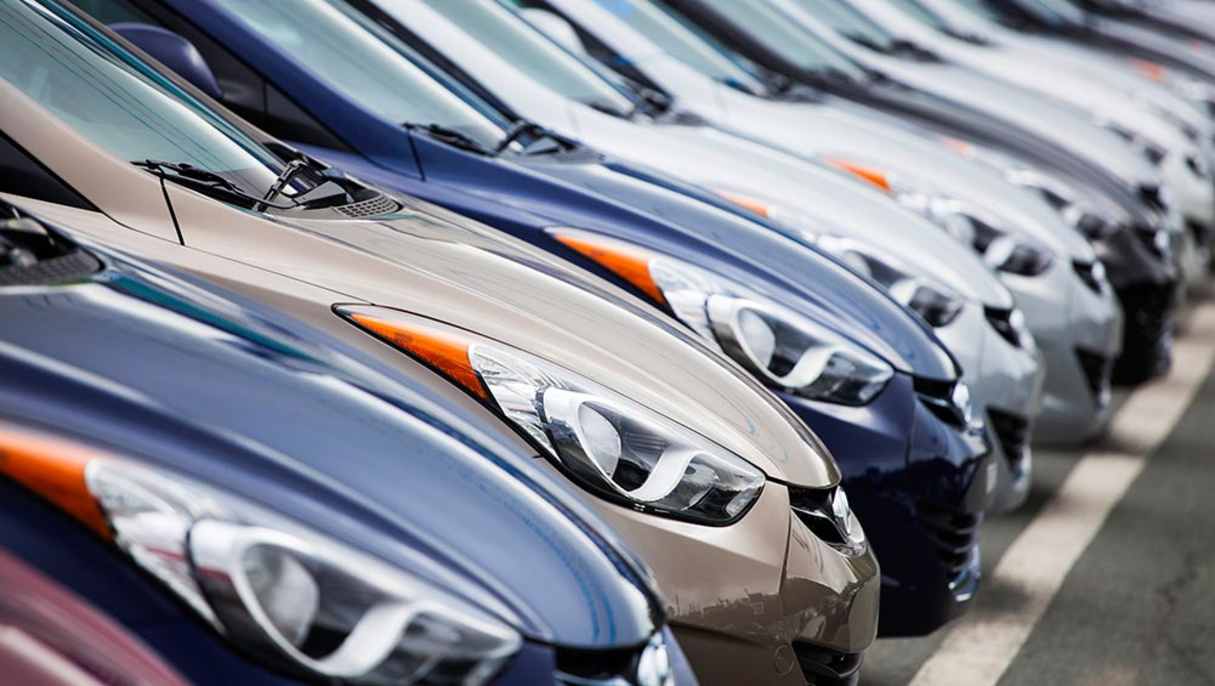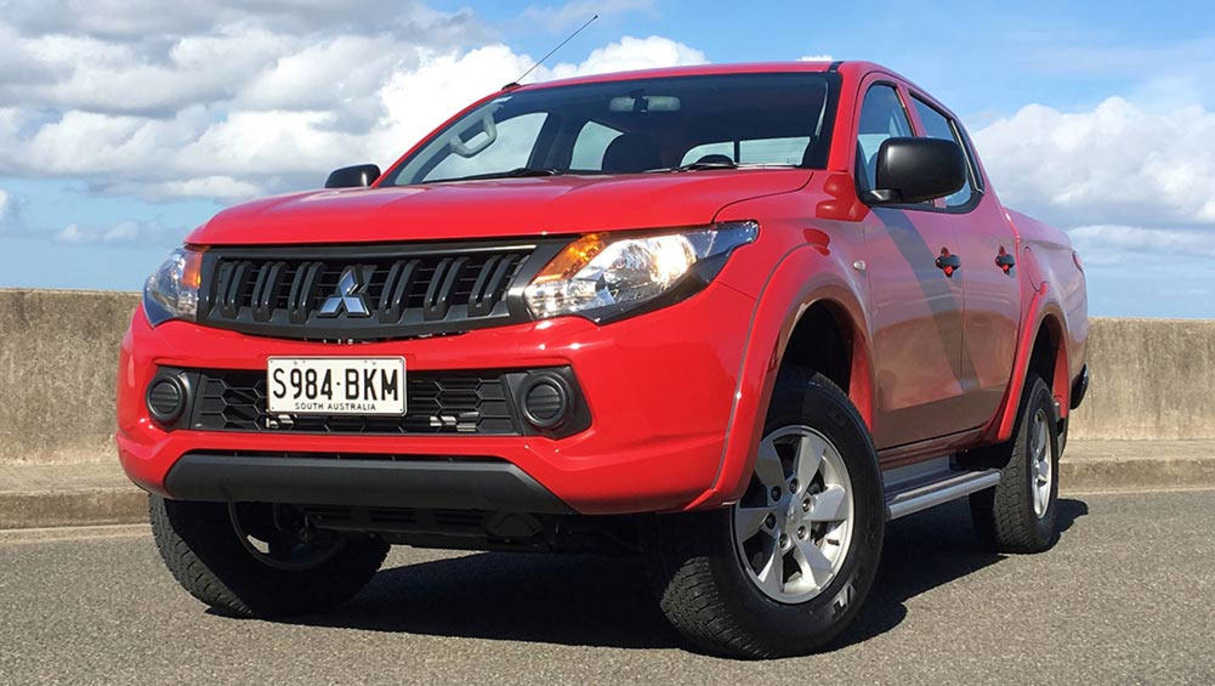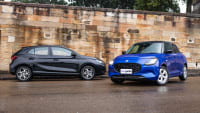Promises on a placard don't always align with the discount you get. Here's how to steer the best deal.
Want to save thousands by buying a "demonstrator" new car? It pays to shop around and ask some key questions to make sure you're not paying over the odds.
The term "demonstrator" is now used to describe different types of new or near-new cars. Most demo deals are stacked in the buyer's favour — but some are not.
.jpg)
Historically, the term was used to describe a near-new vehicle driven by dealer staff for a few months and used by customers to test drive around the block.
In most cases it's part of a dealer's contract with the manufacturer to run a minimum fleet of demonstrators with a variety of popular models.
The manufacturer gives dealers a specific "bonus" or contribution to run each demo vehicle, usually $350-$1500 on cars priced between $15,000 and $50,000.
A hatchback priced at $20,000-$25,000 usually has a demo bonus of $600 to $750, although these figures vary by brand and are a guide only.
Dealers customarily want to "flip" demo models regularly, which means there are almost always some in stock.
The best time to buy a genuine dealer demo is when the car is nearing the end of its two or three-month run.
Most dealers keep a car for at least 45 days to secure the demo bonus but they want to clear it within 60 days or so, to ensure it's still sold with plenty of registration and warranty coverage.
Dealers customarily want to "flip" demo models regularly, which means there are almost always some in stock — although not always on every model.
What makes them good buys is the dealers' practice of writing down the cost of the car each month.

For example, a Toyota Corolla that's already on special at $23,990 drive-away (about $3000 off the full RRP) might be let go for $21,990 drive-away when it gets to two to three months old. That brings the total saving to $5000 off the full RRP and $2000 off the already discounted price.
In this example the dealer is tearing up money beyond the "bonus" paid by the manufacturer.
Dealers view this as a cost of doing business and the deals vary depending on how desperate they are to move metal. In most states, a car is no longer regarded as a demonstrator once it has more than 5000km on the odometer, which is another incentive for dealers — more than this and it is regarded as a used car.
But now a new type of demonstrator model is increasing in popularity. The term has broadened to include new cars that have not been driven or registered.
The savings can be massive and you're still getting a brand-new car. You need to ask some important questions to ensure you're not being short-changed.
First, some background. As manufacturers routinely chase sales targets, the more desperate they are to increase monthly, quarterly and end of year bonuses to dealers. In some cases the cash incentives are offered in the final days of the month.
To get an extra, say, $2000 off a $30,000 car, the dealer must agree to take a large allocation of vehicles and declare them as sold — even if there aren't any customer names on them.
These are known as "called" cars, because the manufacturer can declare them as sold to the Federal Chamber of Automotive Industries, which issues monthly sales data.
Dealers increasingly refer to these vehicles as "demo models" or "undriven demonstrators".
On conservative estimates, at least 10 per cent of cars reported as sold in a given month are still sitting in dealer stock, brand new.

One metropolitan multi-franchise dealer, speaking on condition of anonymity, says he had more than 100 "called cars" from several brands at the end of July.
He is desperate to sell them because he knows the same deals are likely to appear at the end of this month or next, in a never-ending cycle.
If he doesn't take a large allocation of "called" cars, then he risks being uncompetitive with dealerships representing the same brands in neighbouring suburbs.
It's a big win for buyers but they should heed a warning.
Warranty coverage should not start until the day a new car is first registered but sales software is configured to start the warranty when the car is declared as sold.
Be sure to ask plenty of questions to establish exactly what you're buying, then compare prices at several dealerships.
This has left some buyers with less warranty than they were expecting. CarsGuide has found examples of cars reported as sold up to 18 months before they were first registered (although most get sold within six months).
The consumer watchdog is now looking at the warranty periods of called cars.
Manufacturers are now changing the monitoring of warranty coverage.
Some brands allow the dealer to reset the warranty according to the date of registration.
Other brands make a written note of when the car was delivered and take it into consideration if a claim is made outside of the warranty period. They may still argue, however, that the warranty applies to the date the car was declared rather than when it was sold.

The industry is trying to clean up its act to avoid closer scrutiny by the Australian Competition and Consumer Commission and fair trading authorities. Tighter regulation is anticipated soon.
If you're hunting for a demonstrator, be sure to ask plenty of questions to establish exactly what you're buying, then compare prices at several dealerships.
This week, CarsGuide unearthed examples of near-new cars labelled as dealer-driven demonstrators that were dearer than brand-spanking new cars.
The "demonstrator" placard on the windscreen doesn't always equate to a massive discount. View it as a cue to delve at the dealership as to what you're getting.
The important question to ask
Before you buy a demonstrator, ask the dealer when it was registered and when the factory warranty started. If it is unregistered, make sure the new-car warranty starts from the day you take delivery, on its first day of registration.
What types of demonstrators are there?
1 - The genuine item is a near-new car used by dealer staff for customer test drives. The warranty started when the car was registered and can't be changed.
2 - Undriven but registered. In most cases the manufacturer has added a bonus and insisted the dealer register the car and declare it as sold, even if it sits in dealer stock. The warranty started when the car was registered and can't be changed.
3 - Undriven and unregistered. These are becoming more common as manufacturers pump cars into the network and can be good buying. Insist the warranty starts when you pick it up. If the dealer resists, go somewhere else.
Who is doing the best demo deals?
The most popular "undriven demonstrators" over the past 12 months include a range of small cars, SUVs and pick-ups.
Mitsubishi has had astonishing deals on the Lancer sedan, ASX compact SUV and Triton ute. The ASX has been at $25K drive-away for 18 months. In most cases that price was for a car with automatic transmission but last month Mitsubishi wound back the deal to $25K drive-away for the manual only. Look around and you may still be able to buy an automatic labelled as a demo for the original price. It's safe to say the ASX will return to $25K drive-away with auto before the year is out.

The Mitsubishi Triton GLX+ ute was hot buying last month at $36,990 drive-away with auto, about $6000 off full RRP. This month a manual will cost you that much — with three years' free servicing, but there may still be autos around for the same price.

The Hyundai i30 and Kia Cerato have been in discount mode for long periods of the year. Deals will return, and "demo" stock with them.

Pay $26,990 drive-away (including metallic paint) on a "demo" Toyota Camry.

.jpg)
.jpg)

.jpg)
.jpg)
.jpg)







.jpg)




_0.jpg)
.jpg)
.jpg)

.jpg)

